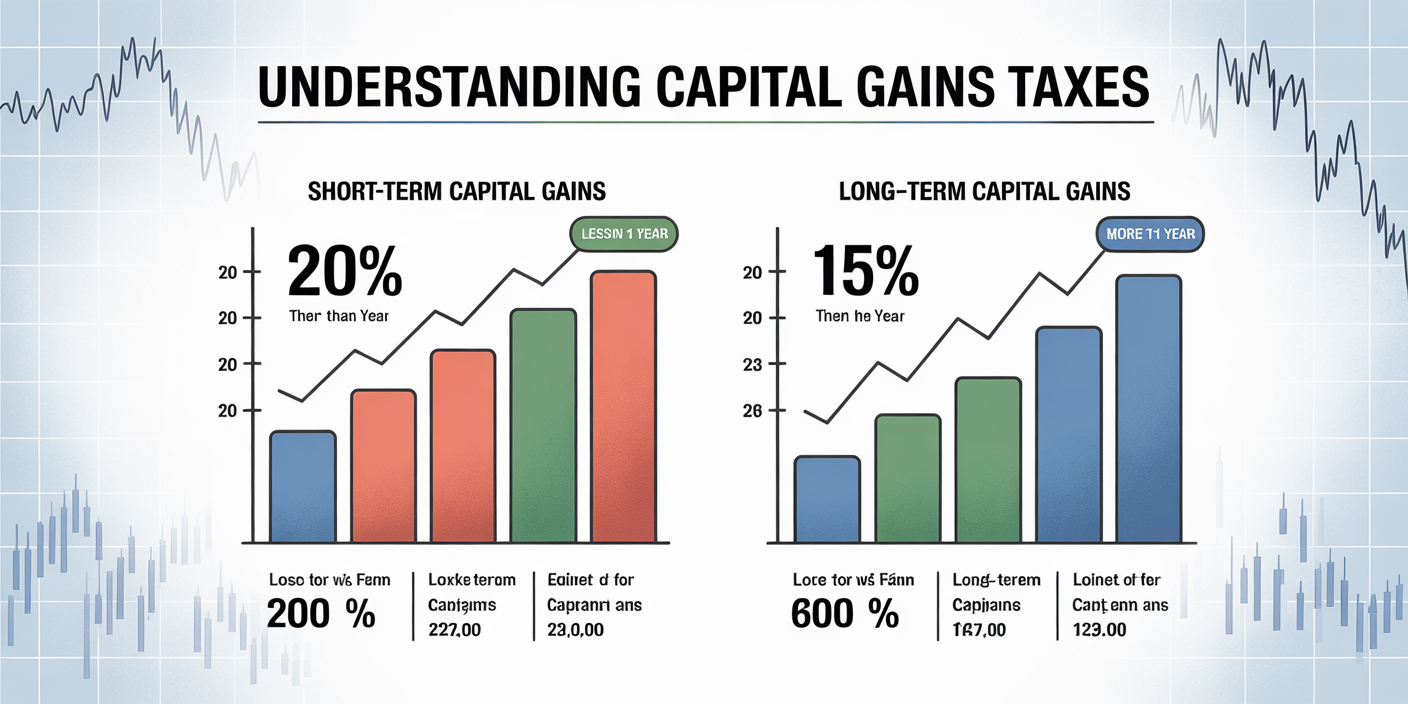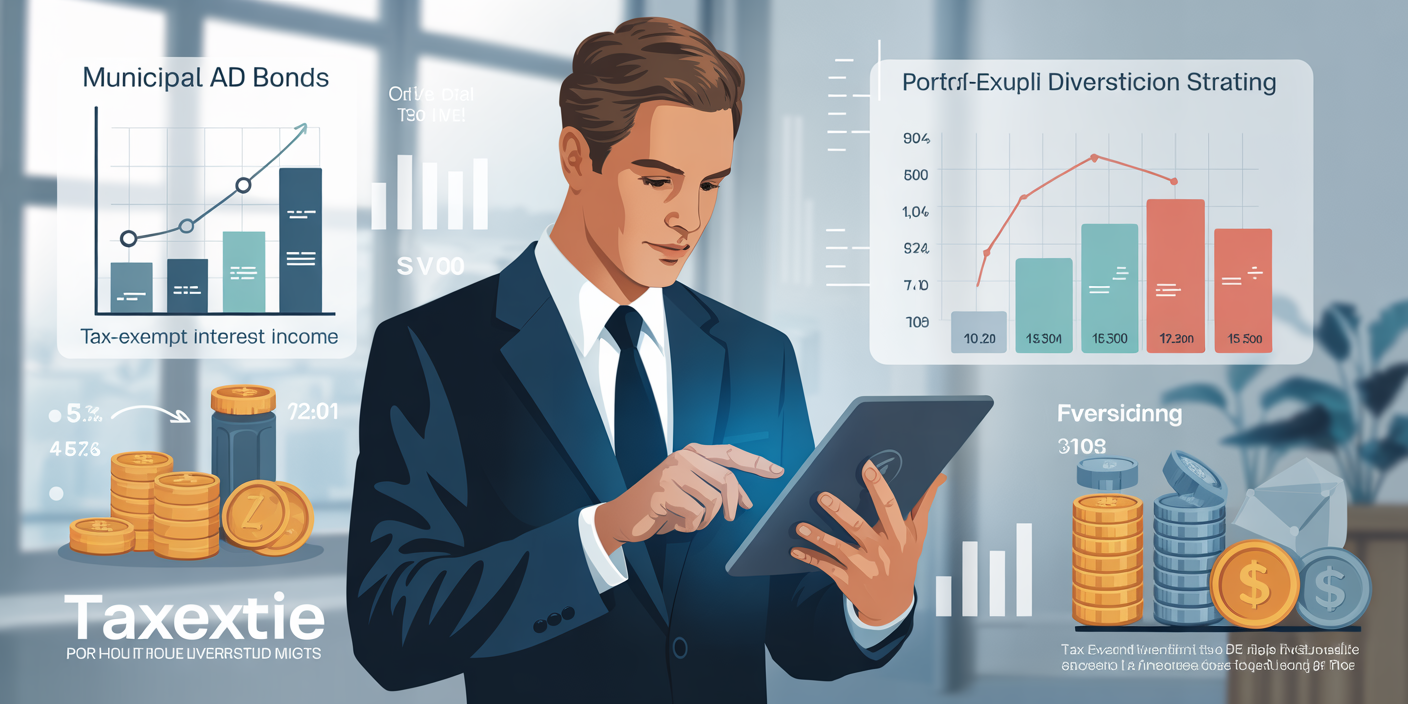Tax Deductions and Credits: Maximizing Your Tax Return Legally
Anúncios
Navigating the complexities of the tax code can be a daunting experience for many taxpayers. Yet, understanding how tax deductions and credits work is a fundamental strategy to maximize your tax return and minimize the amount you owe. Leveraging available deductions and credits legally not only keeps you compliant with tax laws but also ensures that you retain more of your earned income. With proper planning and informed decisions, you can significantly boost your tax savings.
Tax deductions and credits are among the most powerful tools in personal finance management, particularly during tax season. According to data from the Internal Revenue Service (IRS), approximately 80% of individual income tax returns include some form of deduction, while around 40% make use of tax credits. Familiarity with these mechanisms can lead to thousands of dollars in savings, promoting better financial stability and increased disposable income.
Understanding the Difference: Tax Deductions vs. Tax Credits
Anúncios
Tax deductions and tax credits serve the same purpose: to reduce your overall tax liability. However, they function in distinctive ways. Tax deductions reduce your taxable income, thereby indirectly reducing your tax bill. In contrast, tax credits reduce your tax liability dollar-for-dollar.
For instance, if you have a $1,000 tax deduction and you fall into the 22% tax bracket, it means you save $220 in taxes ($1,000 x 22%). On the other hand, a $1,000 tax credit decreases your tax bill by a full $1,000. This fundamental distinction makes tax credits generally more valuable on a per-dollar basis than deductions.
Anúncios
Comparative Table: Tax Deduction vs. Tax Credit
| Feature | Tax Deduction | Tax Credit |
|---|---|---|
| Impact | Reduces taxable income | Reduces tax owed directly |
| Value Example (22% tax rate) | $1,000 deduction saves $220 in taxes | $1,000 credit saves $1,000 in taxes |
| Types | Standard deduction, itemized deductions | Child Tax Credit, Earned Income Tax Credit |
| Effect on Tax Bill | Lower taxable income results in less tax | Direct reduction of tax liability |
Understanding these differences is vital for strategic tax planning, as combining deductions and credits effectively can maximize tax savings.

Common Tax Deductions and How to Leverage Them
Deductions lower your gross income, thereby reducing your taxable income. The most widely known deduction is the standard deduction, which for the tax year 2023 stands at $13,850 for single filers and $27,700 for married couples filing jointly, as per IRS guidelines. This deduction requires no itemization, making it a straightforward option.
However, some taxpayers may benefit more by itemizing deductions if their total itemizable expenses exceed the standard deduction. Typical itemizable deductions include mortgage interest, state and local taxes (up to $10,000), medical expenses above 7.5% of adjusted gross income (AGI), and charitable contributions.
Case Example: Mortgage Interest Deduction
Consider Sarah, a homeowner who pays $12,000 in mortgage interest annually. She also donates $3,000 to qualified charities and has deductible medical expenses totaling $6,000 (after surpassing the 7.5% AGI threshold). Her total itemized deductions add up to $21,000, which exceeds the $13,850 standard deduction for single taxpayers. By itemizing, Sarah reduces her taxable income by an extra $7,150 compared to taking the standard deduction, cutting her tax bill substantially.
Moreover, strategic tracking of deductible expenses throughout the year can optimize tax benefits. Taxpayers should keep detailed records and receipts for deductible expenses to ensure accurate filing and maximize returns.
Essential Tax Credits That Can Reduce Your Tax Bill
Tax credits directly reduce the amount of tax owed and come in two types: refundable and non-refundable. Refundable credits, such as the Earned Income Tax Credit (EITC), can result in a refund even if the tax owed drops to zero. Non-refundable credits only reduce taxes owed to zero and do not generate refunds beyond that.
The Child Tax Credit (CTC) is a prominent credit offering up to $2,000 per qualifying child, with $1,500 of this amount potentially refundable. The American Opportunity Tax Credit (AOTC) benefits students by offering up to $2,500 for qualified education expenses annually.
Real-World Example: Earned Income Tax Credit
John, a single father earning $25,000 a year with two children, qualifies for the EITC. The maximum credit for his income level and family size is approximately $5,920 (2023 figures), which significantly lowers his tax liability. Even if John owed no taxes, this refundable credit would provide a valuable refund, illustrating the powerful impact of such credits on low-to-moderate income families.
Employing tax credits effectively requires understanding eligibility criteria, income limits, and the documentation needed to qualify. IRS Publication 596 and other resource guides provide detailed information helpful for both individuals and tax professionals.
Advanced Strategies: Combining Deductions and Credits
Tax savings are maximized not by focusing on singular tax benefits but by combining deductions and credits smartly. For example, families with sizeable mortgage interest deductions should also assess eligibility for tax credits related to education or children.
A married couple filing jointly with two kids might itemize mortgage interest ($15,000), state taxes ($8,000), and charitable donations ($4,000), exceeding the $27,700 standard deduction. Alongside these deductions, they may be eligible for the full Child Tax Credit ($4,000 for two children) and the Child and Dependent Care Credit if they incur daycare expenses. This dual strategy of deduction and credit utilization can substantially reduce their effective tax liability.
Strategic Planning Tools
Taxpayers can employ tax planning software like TurboTax, H&R Block, or consult with tax professionals to simulate different tax scenarios. These tools compare standard deductions with itemized deductions and evaluate available credits before filing. According to a study by the Tax Foundation, taxpayers who use professional tax assistance save an average of 20% more on their tax bills than those who file on their own.
Tax Deductions and Credits for Small Business Owners
Small business owners have unique opportunities to reduce taxable income through business-related deductions and credits. Common deductions include business expenses such as office supplies, travel expenses, vehicle use, salaries, and health insurance premiums.

Additionally, tax credits such as the Work Opportunity Tax Credit (WOTC), which incentivizes hiring veterans or other targeted groups, can provide direct reductions in the tax owed.
Example: Home Office Deduction
Emily runs a graphic design business from her home. She dedicates a specific room exclusively to her work, comprising 20% of her home’s square footage. For the tax year, her total home expenses (rent, utilities, internet) amount to $24,000. By claiming the home office deduction, Emily can deduct $4,800 ($24,000 x 20%) as a business expense, reducing her taxable business income.
Understanding the IRS guidelines for business deductions and credits is crucial for small business owners to remain compliant and avoid audits. The IRS provides detailed publications, like Publication 535, to guide businesses in claiming legitimate expenses.
Upcoming Trends and Future Perspectives in Tax Benefits
The tax landscape is continually evolving, influenced by legislative changes and economic trends. Recent tax reforms have focused on expanding credits for clean energy investments, electric vehicle purchases, and family-oriented tax benefits.
Green Tax Credits on the Rise
In 2023, the Inflation Reduction Act introduced significant tax incentives for renewable energy adoption. Homeowners can claim credits up to 30% of qualifying solar panel installation costs, promoting energy-efficient home improvements. These credits are projected to stimulate over $400 billion in clean energy investments over the next decade, according to the Congressional Budget Office.

Moreover, the expansion of electric vehicle (EV) tax credits up to $7,500 incentivizes taxpayers to transition to greener transportation options, providing substantial tax savings. It’s estimated that EVs will constitute 50% of new vehicle sales by 2030, highlighting the growing importance of related tax credits.
Digitalization and AI in Tax Filing
The integration of artificial intelligence and digital tools in tax preparation is making it easier to identify eligible deductions and credits automatically. Tax software now leverages machine learning to analyze user data and suggest applicable benefits, reducing errors and maximizing refunds. This trend is expected to democratize access to tax benefits, especially for underrepresented and lower-income taxpayers.
Taxpayers should stay informed about annual changes in deductions and credits, monitor IRS announcements, and consider professional advice to adapt tax planning strategies accordingly. Doing so ensures continuous maximization of benefits within legal boundaries.
Tax deductions and credits are indispensable instruments in lowering tax burdens effectively and legally. By understanding their differences, strategically leveraging common and business-related deductions and credits, and staying ahead of emerging tax incentives, taxpayers position themselves to maximize returns year after year. Proper tax planning, supported by technology and continuous education, is the key to unlocking these financial benefits in a lawful and optimized manner.



Post Comment